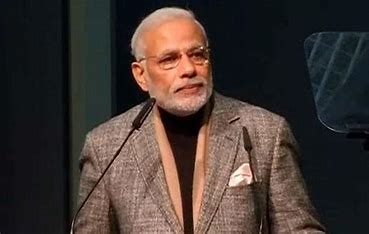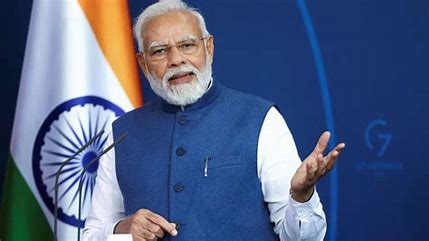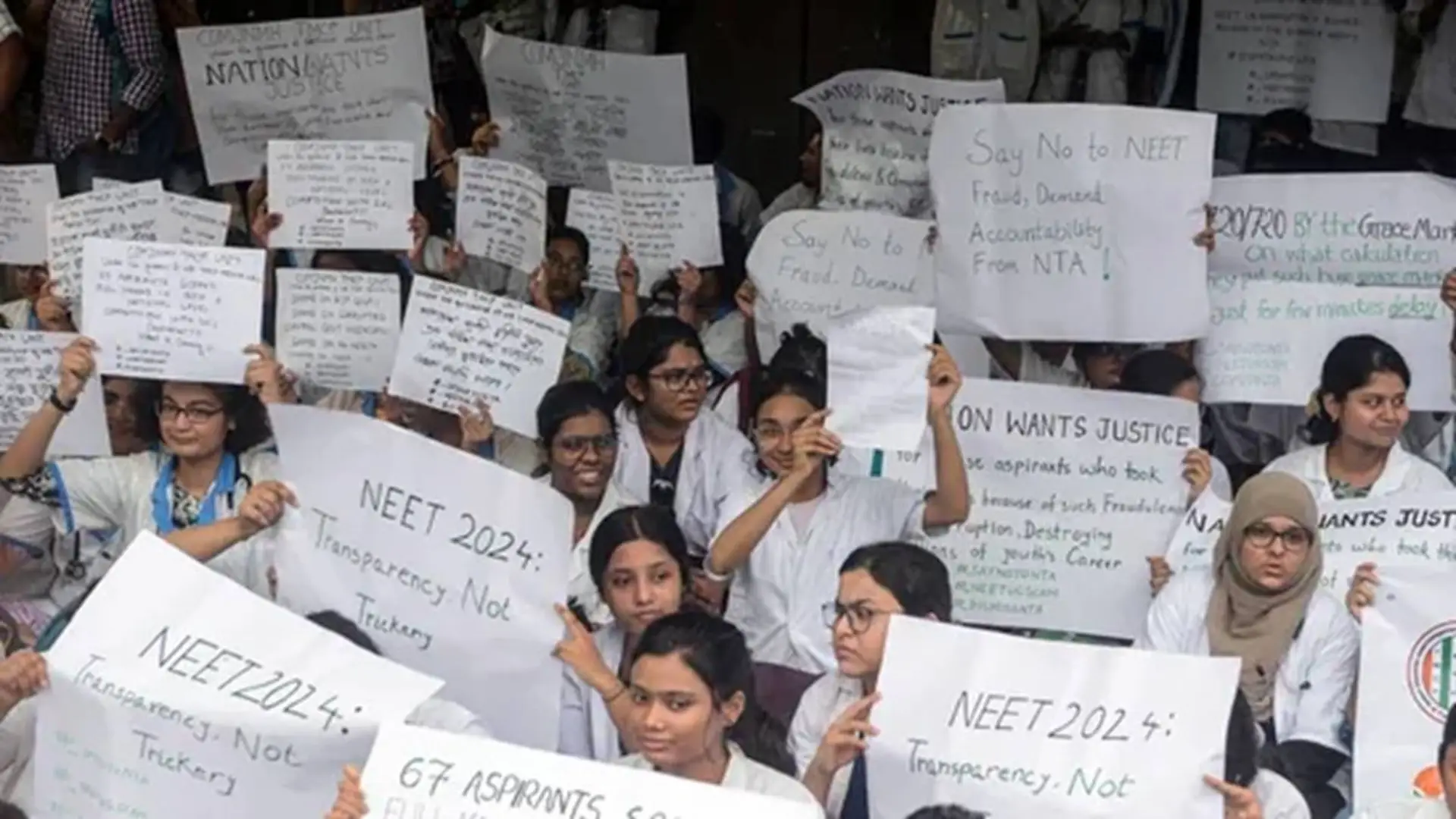India’s GDP growth slid to a three-quarter low of 4.4 per cent in the third quarter of October-December FY 2022-23 as a loss in growth momentum due to contraction in manufacturing sectors and slowdown in pent up demand due to high inflation, even as India’s output of eight core industries registered a year on 7.8 per cent growth in January 2023.
The quarterly estimates of GDP for Q3 FY23 released by the National Statistical Office (NSO) of the Ministry of Statistics and Programme Implementation (MoSPI) on Tuesday projects GDP growth – based on the 2nd Advanced Estimates – at 5.1 per cent in Q4 FY2023, and is higher than the current expectation of analysts. For FY2023, India’s GDP growth as per the NSO 2nd AE, remains unchanged at 7.0 per cent, which will be lower than the 9.1 per cent in 2021-22.
The Finance Ministry’s latest economic outlook of January 2023 has already cautioned that global slowdown is expected to continue in the coming months on the back of weak global demand due to monetary tightening. There is also likelihood of El Nino conditions in India which will result in higher inflation and lower agriculture output. Capital formation held up overall GDP growth in 3Q, with real gross value addition growing 4.6 per cent in Q3 FY23 as compared to 12.1 per cent and 5.5 per cent yoy in Q1 and Q2 of FY23 respectively.
Dipti Deshpande, Principal Economist, CRISIL attributes the slowdown in GDP to 4.4 per cent on-year in the third quarter of this fiscal, compared with 6.3 per cent in the previous one, to both external and domestic factors. The global demand slowdown – particularly for goods — had already begun to hurt India’s export and industrial growth in the second quarter.
“On top of this, the third quarter also reflected waning momentum in domestic consumption demand, possibly coming from sectors that were laggards in catching up post the pandemic and as a result had seen a surge in recent quarters,” says Deshpande who warns of some of these factors continuing to be a drag on growth going into next fiscal.
According to Nomura analysts, overall consumption is tracking 2.4 per cent above its pre-pandemic level (PPL) up from 1.6 per cent above its PPL in December, but lower than November’s 3.2 per cent. While passenger car sales improved in January, two-wheeler sales underwhelmed and tractor and diesel sales were largely flattish.
The second advance estimates for 2022-23 have revised the external sector contribution to this overall growth, finds DK Srivastava, Chief Economic Advisor, Ernst & Young India. “In the first advance estimates, the contribution of net exports to real growth was (-)2.8 per cent. This has improved by nearly 1 per cent point to (-) 1.9 per cent. This was counterbalanced by a fall in the domestic demand components, especially in private and government consumption expenditure,” says Srivastava. What is worrying is, as Srivastav points out, domestic demand appears to have weakened relative to the earlier estimate. “The revisions announced also indicate a reassessment of the contraction in the Covid year of 2020-21. From a long-term viewpoint, Covid has caused a reduction of nearly 4% points as compared to the potential growth of 7 per cent,” adds Srivastava.
The nominal GDP or GDP at current prices in the year 2022-23 is estimated to grow at 15.9 per cent during 2022-23 as compared to 18.4 per cent in 2021-22. The real GDP is estimated at ₹272.04 lakh crore, as against the first RE of GDP for the year 2021-22 of ₹234.71 lakh crore. Based on the 2nd AE for the nominal GDP, this implies as per Nayar, that the Government’s FY2023 RE for the fiscal deficit will inch up slightly to 6.45 per cent of GDP, from RE of 6.4 per cent.
The Monetary Policy Committee (MPC)’s first review post 2023 Budget on February 8 which raised the repo rate (at which banks can borrow from the central bank) by 25 basis points to a four-year high of 6.5 per cent, bore RBI Governor Shaktikanta Das’s hawkish stance that “further calibrated monetary policy action is warranted to keep inflation expectations anchored, break the persistence of core inflation and thereby strengthen medium-term growth prospects”.
The January 2023 printed an unpleasant surprise with retail inflation — based on the movement in the Consumer Price Index (CPI) for January — estimated at 6.52 per cent, a three-month high. In December, inflation was estimated at 5.72 per cent.
However, as a comfort, India’s output of eight core industries registered a 7.8 per cent growth in January 2023, against 4.0 per cent growth during January 2022, as per the Ministry of Commerce and Industry on Tuesday. The output had seen an increase of 7.4 per cent in December 2022, a three-month high. The production of fertilizers, coal, electricity, steel, natural gas, cement and refinery products increased in January 2023 over the corresponding month of last year.
The ICI data measures combined and individual performance of production of eight core industries–coal, crude oil, natural gas, refinery products, fertilizers, steel, cement and electricity. The eight core industries comprise 40.27 per cent of the weight of items included in the index of industrial production (IIP).
On a year-on year basis, coal production increased by 13.4 per cent in January 2023 over January 2022, natural gas production increased by 5.3 per cent, petroleum refinery production increased by 4.5 per cent, fertilizers production increased by 17.9 per cent and steel production increased by 6.2 per cent in January, 2023 over January, 2022. Cement production increased by 4.6 per cent, electricity generation increased by 12.0 per cent but crude oil production declined by 1.1 per cent in January, 2023 over January, 2022.















